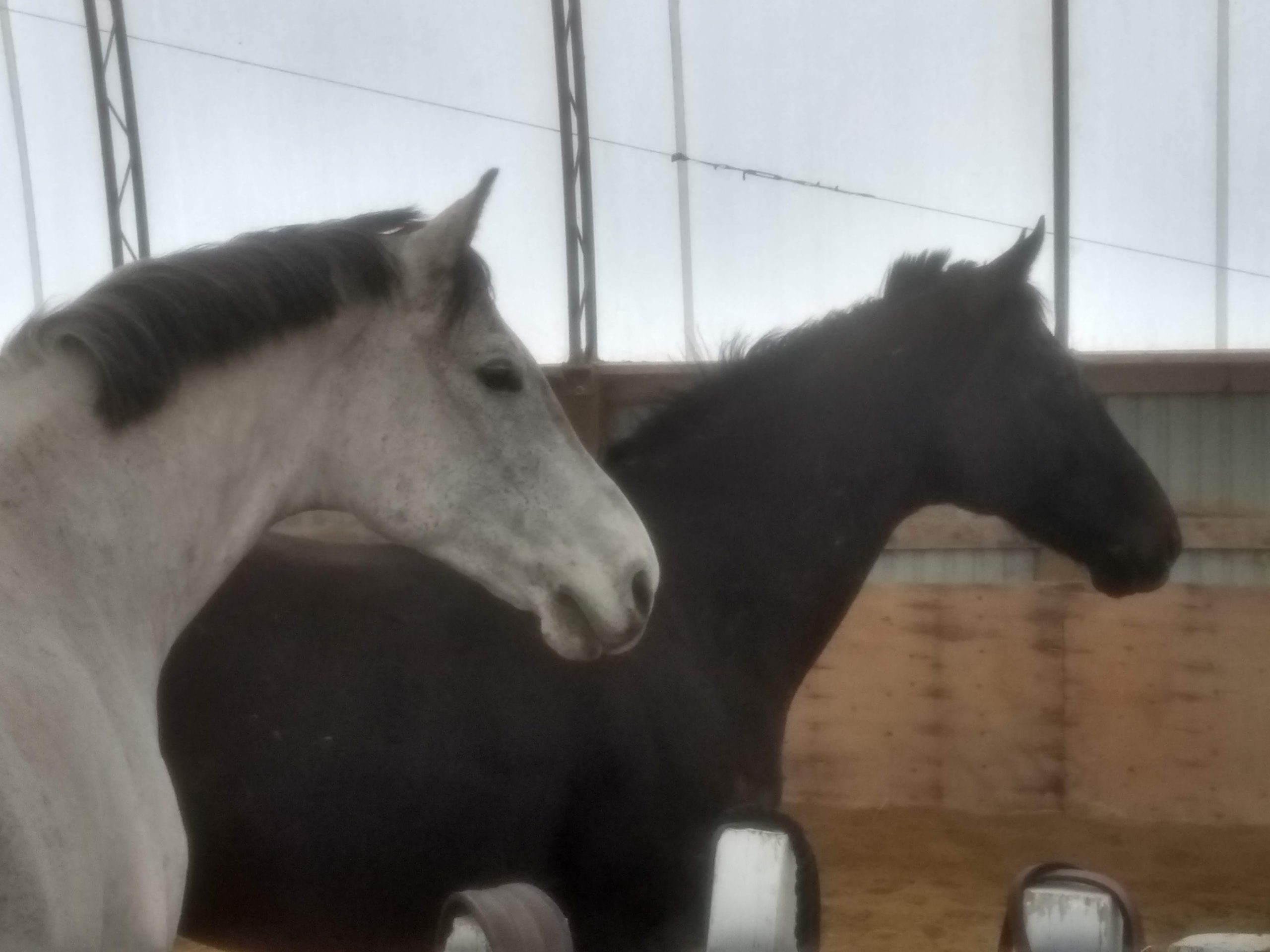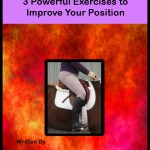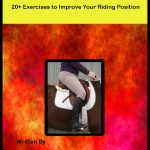Friends Let Friends Ride Their Horses
We’ve all been there.
We’ve allowed our friends to ride our horses.
I automatically think that, you know what? They can ride, they will be fine.
I’m here to tell you that it will not always “pan out” that way.
Take this week for example,
My friend allowed his friend (let’s call them Sam) to ride his horse.
I initially thought, “This will be great”.
Then I helped said friend, Sam, tack up.
“You’re putting a martingale on?” I asked.
“Yes, because the last time I rode him he shook his head a lot,” was the response I got.
I turned away thinking that the owner doesn’t wear a martingale on this horse. Nor, did he ever wear one that I recollect. Said horse had a steady head carriage and moved beautifully.
I questioned myself. But generally thought, “None of my business and who am I to get involved?”
As I tacked up in the adjacent stall I could see “Sam” having difficulty getting the martingale attached properly. The straps were tight and looked like a racing cyclist trying on a spandex suit one size too small. The elastic breastplate part was stretched to capacity and unable to reach the D’s on the saddle. The strap going between the horse’s legs separated his chest that any “lift and separate” bra would be proud of.
“It doesn’t fit”, I said.
I ran to my tack locker where a simple standing martingale hung lonely and forgotten on a hook. I may have grabbed a sponge to wipe away some mold.
“Let’s give this a try,” I said slipping the padded neck strap over the horse’s head to rest in front of the saddle.
After some minor adjustments we were ready to head out.
I thought about what “Sam” had said, “He shook his head a lot the last time I rode him”.
It perplexed me.
Why would you, because the last time you rode a horse, one time, immediately go to a piece of equipment for a “fix”. Thinking that it was the horse’s problem that needed fixing.
A martingale.
Well after seeing the ride. It wasn’t the horse’s issue at all.
The rider, who explained that he was an experienced rider, to me lacked experience.
And
Had an excuse for reasons why they missed a distance (and by my mind he shouldn’t have been going over a fence) or wasn’t able to get a decent trot.
It comes down to basics
It boils down to basics.
There are many riders who gallop and jump and compete.
And
There is nothing wrong with that.
But
If you would like to do it well and transfer those skills to another horse then it all about basics.
Basic skills.
Not just heels down and eyes up, although that is important.
It is about having those skills at an instant. For them to be an instinct. Not having to think about putting your heels down. Not having to look for the next turn/line/fence.
Those things should come naturally.
Second nature instincts.
As if you were walking and you slipped you automatically have the skills to right yourself.
Without falling.
We spend countless hours in the tack. Each time we are reminded to sit up, raise our chest and push our heels down. These simple tasks should be automatic.
We should strive, on our own, to be able to ride in balance.
That isn’t just for looks.
It’s to keep in balance with your horse and with yourself.
Keeping in balance is what it is all about.
Keeping on top of your horse and in balance so the horse can perform. This is of particular importance if you are heading over jumps. Being in the center of your horse, in balance so your horse can jump properly and safely.
Each time you ride, you should practice proper education. This means, for you, to ride to your best ability. If you ride correctly, sitting up properly, in a balanced position, then it will form a good habit. This habit will become a foundation for the rest of your successes.
Then,
If things go bad, you have the proper education and skills to right the error.
If, on the other hand,
you cut corners,
move quickly without the secure foundation and education,
then the steps that were skipped become a weak link.
And,
the weak link will rear its ugly head during times of stress.
For example, have you ever seen a horse “chip”, get too close, to a fence during competition? This is one symptom of a weak link. The weakness of the rider has shown itself.
And is, unfortunately, a common occurrence. Mostly because we have pushed riders along too quickly to get into the competition arena without the necessary skills.
The basic skills.
Skills related to being in balance with the horse and understanding how to cope with things if they are not perfect. Those times when you can see the horse will get too close and how to make a decision to rectify the situation.
If you have to think about, oh? What did my trainer say to me if this happens? Do i put my legs on or do I sit up and hold?
FYI – put your leg on is probably the correct answer.
So…. the next time you ask your friend to ride their horse, don’t automatically think you know more about the horse than the owner. And don’t use a martingale.
Enjoy the ride and tell the owner what a lovely horse they have.
Sign up for the newsletter. People tell me they have gotten valuable information from it. Loads of tips and helpful exercises.
 Try these three powerful exercises to get strengthen your position.
Try these three powerful exercises to get strengthen your position.

is the weak link with the chipping not enough leg?
Hi Caroline,
Thanks for the question…
The weak link can be traced back to not enough leg.
BUT…
It doesn’t mean going faster…
It means that balance. That magical togetherness where you create the energy and
have it between your leg and your hand.
With,
balance, security and knowledge of how to allow and help the horse to get to the
correct place.
~Laura